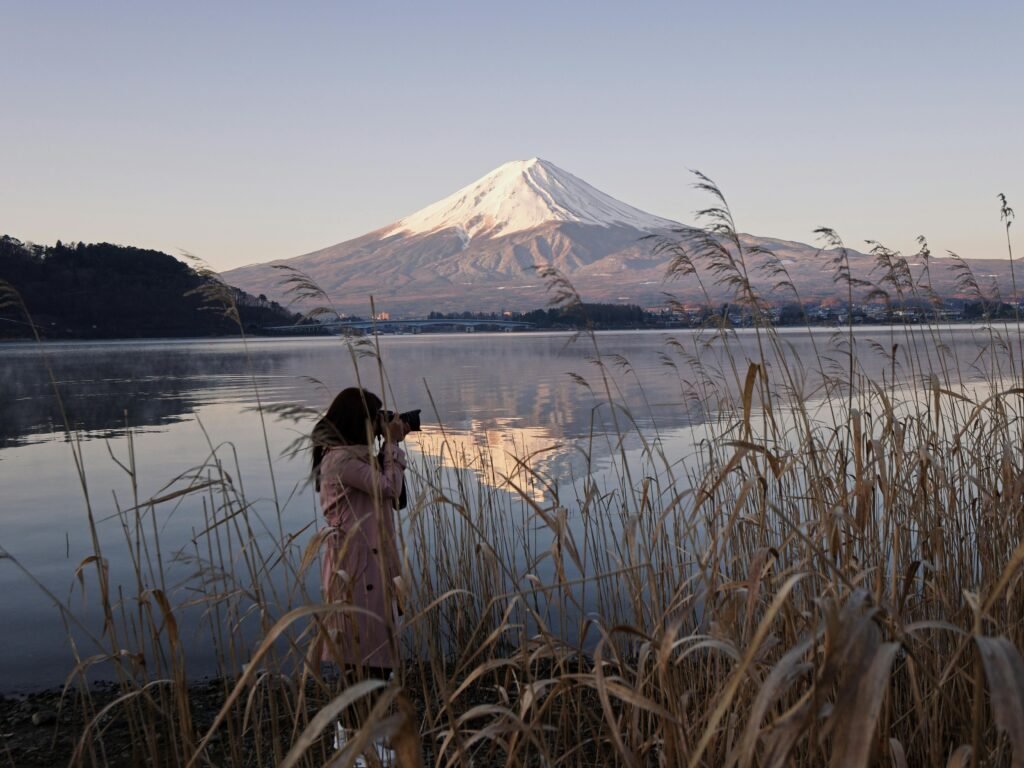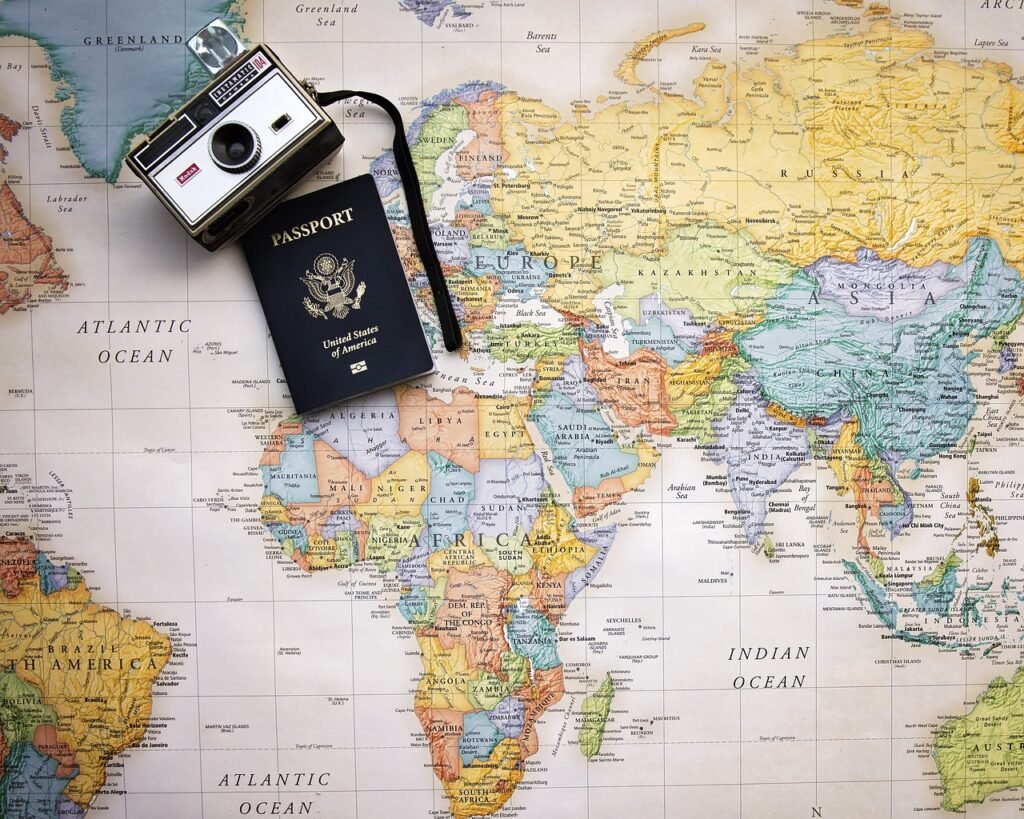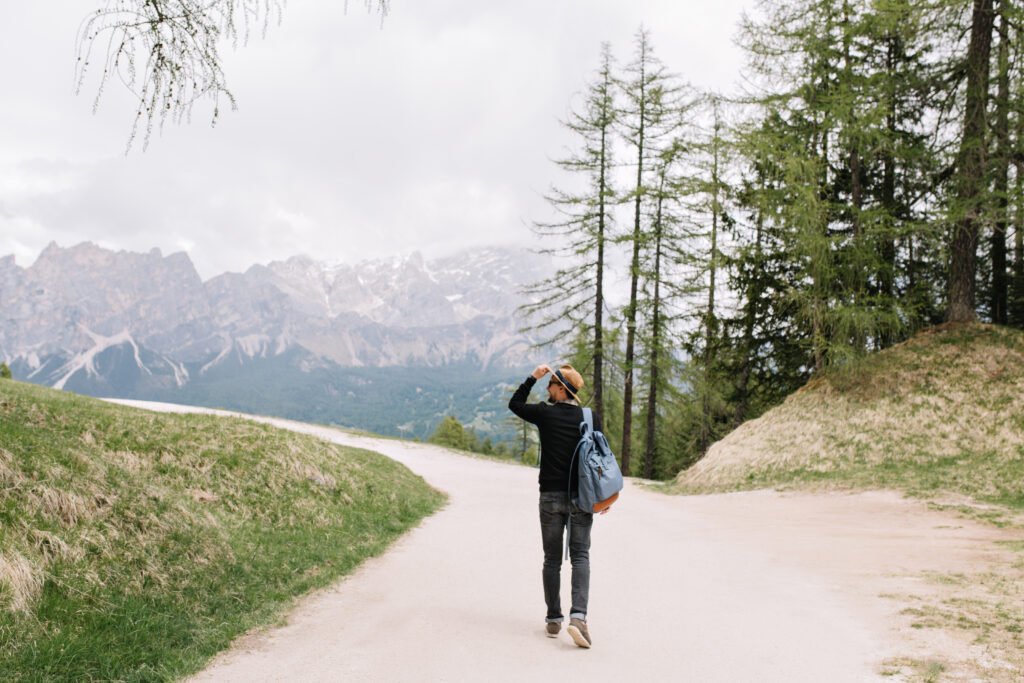As you sit down to plan your next adventure, Southeast Asia calls with its irresistible charm. This vibrant region, brimming with rich cultures, delectable cuisine, and stunning landscapes, is a dream destination for travelers worldwide. Even with just two weeks, you can dive into the heart of Thailand, Cambodia, and Vietnam with a well-crafted southeast asia 2-week itinerary for 2025. This guide is your trusted companion, offering a detailed roadmap, practical advice, and insider tips to ensure a seamless and unforgettable journey. Whether you’re marveling at ancient temples or cruising through emerald waters, let’s embark together on this adventure—start planning now and turn your travel dreams into reality!
Struggling with your budget? Discover strategies in Mastering Your Travel Budget and Planning for 2025 Adventures.
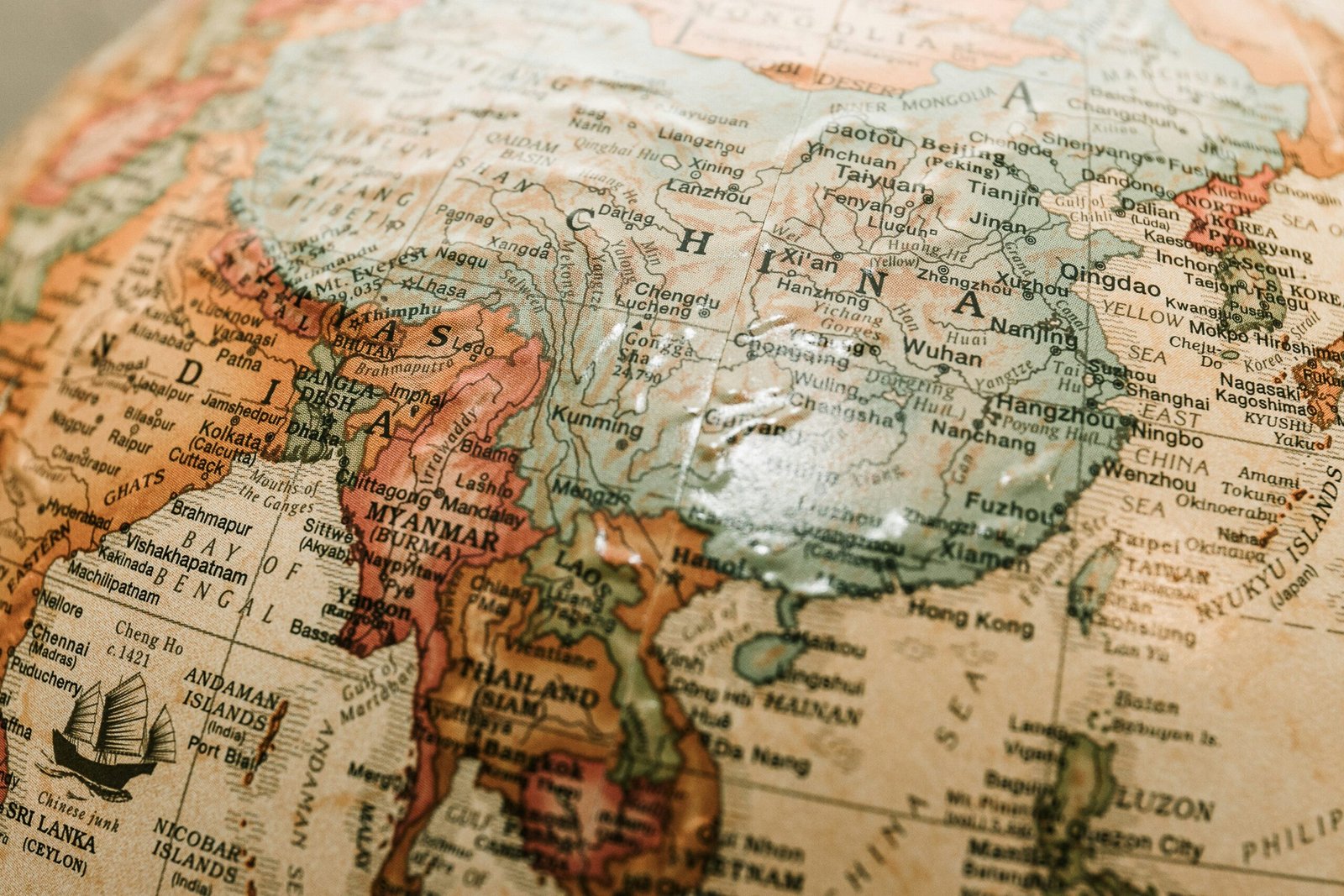
Planning Your Perfect 2-Week Southeast Asia Adventure
A 2-week Southeast Asia trip is an exciting opportunity, but it requires meticulous planning to balance the region’s diverse attractions. Spanning Thailand, Cambodia, and Vietnam, this area offers a blend of bustling cities, ancient ruins, and natural wonders. Let’s break down the essentials to craft an itinerary that maximizes your experience.
Ideal Travel Seasons for 2025
The prime time to visit Thailand, Cambodia, and Vietnam in 2025 is the dry season, from November to March. Expect temperatures of 25–30°C with minimal rainfall, perfect for exploring urban centers like Bangkok or hiking in Chiang Mai’s mountains. November brings cool breezes and the Loi Krathong festival in Thailand, with floating lanterns lighting up the skies, while March offers clear views of Halong Bay’s karsts. Shoulder seasons (April/May or October) provide fewer crowds and potential savings—hotels can drop 20–30% in price—but expect occasional showers. Research local weather forecasts on travel sites like Lonely Planet or consult forums like TripAdvisor closer to your trip to refine your southeast asia 2-week itinerary for 2025. Timing around cultural events like Vietnam’s Tet (late January/early February) can enhance your experience, though book accommodations 3–6 months ahead due to high demand.
Crafting a Balanced Itinerary
With 14 days, focus on 3–4 key destinations to avoid travel fatigue. Begin in a hub like Bangkok or Hanoi, which boast robust international flight options, then follow a logical route. Our itinerary—Chiang Mai, Bangkok, Siem Reap, and Hanoi with a Halong Bay extension—flows geographically, reducing travel time. Spend 2–3 days in major stops: Chiang Mai for temples, Bangkok for street life, Siem Reap for Angkor Wat, and Hanoi for culture. Add 1–2 days for side trips like Ayutthaya or Halong Bay. Balance urban energy with nature—after Hanoi’s buzz, Halong Bay’s serenity is a welcome respite. Customize based on your passions: history buffs might extend time in Ayutthaya, beach lovers could swap Siem Reap for Phu Quoc, and foodies might add Hoi An. Use a spreadsheet to track days and activities for a tailored plan.
Ensure your travel documents are ready with How to Navigate Visa and Documentation for International Travel in 2025.
Essential Pre-Trip Preparations
A successful Southeast Asia adventure starts with thorough pre-trip planning. From visas to packing, these steps will pave the way for a smooth journey across Thailand, Cambodia, and Vietnam.
Visa Essentials
Visa requirements vary by nationality and country. Thailand offers visa-free entry for up to 30 days for US, UK, EU, and Australian passport holders, making it an accessible entry point. Vietnam mandates an e-visa, available online through the official government portal (processing 3–5 days, $25 fee), while Cambodia provides e-visas (online, $36) or visa-on-arrival—e-visas are safer to avoid border scams. Confirm details on each country’s embassy website based on your citizenship, and align flight bookings with Aviasales to match visa validity. Consider multi-entry visas if exploring beyond the itinerary, and store digital copies in a secure cloud app.
Packing Smart for the Journey
Southeast Asia’s tropical climate demands smart packing. Choose lightweight, breathable cotton or moisture-wicking fabrics for the 80–90% humidity, and include a modest outfit (long pants, shirts covering shoulders and knees) for temple visits—consider a sarong for versatility. Essentials include a durable daypack (20–30L), quick-dry towel, sturdy walking shoes for temple steps, flip-flops for beaches, high-SPF sunscreen (UV index often exceeds 10), DEET-based insect repellent (malaria risk in rural areas), a reusable water bottle (refill at hotels), and a compact rain poncho for sudden downpours. Add a power bank (10,000mAh) and universal adapter (Type A/C/G plugs). Shop from Amazon for brands like Osprey or Aliexpress for budget options, and pack a collapsible backpack for souvenirs. Check airline baggage limits (e.g., 20kg for economy) to avoid fees.
Staying Connected with eSIMs
Stay connected with eSIMs from Airalo or Drimsim. Airalo’s “Discover Asia” package offers 5GB for $15 over 7 days, covering Thailand, Cambodia, and Vietnam, while Drimsim’s pay-as-you-go starts at $0.10/MB, ideal for light users. Activate via your phone settings upon arrival—ensure eSIM compatibility (iPhone XR+ or Android 9+). Download Google Maps for offline navigation, Grab for rides ($2–$5), Google Translate for language help, and a currency converter (Thai Baht, Cambodian Riel, Vietnamese Dong). Notify your bank of travel dates to prevent card blocks, and carry a backup local SIM card as a fallback.
Stay safe with expert advice from Stay Safe on the Road: Essential Travel Safety Tips for 2025.
Additional Preparations
Secure travel insurance covering medical emergencies ($1,000+), trip cancellations, and lost luggage—VisitorCoverage is a solid choice, starting at $50 for 14 days. Pack prescription meds with a doctor’s note, and carry digital/physical copies of your passport, visa, and itinerary. Research emergency numbers (Thailand: 191, Cambodia: 117, Vietnam: 113) and download offline health guides. Bring a small first-aid kit (band-aids, antiseptic) and a money belt for valuables. These preparations ensure you’re ready for any scenario on your southeast asia 2-week itinerary for 2025.
Your Ultimate 2-Week Southeast Asia Itinerary for 2025
This 14-day itinerary showcases the best of Thailand, Cambodia, and Vietnam, blending cultural immersion, culinary exploration, and natural beauty. Follow this path to optimize your adventure.
Day-by-Day Guide
- Days 1-4: Chiang Mai, Thailand
Arrive in Chiang Mai, Thailand’s northern cultural hub. Day 1: Check into a Vrbo teak house in the Old City, rest, and explore local cafés. Day 2: Rise at 5:00 AM for Wat Phra That Doi Suthep’s sunrise (30-minute drive, $1 entry), then visit Wat Phra Singh and Wat Chedi Luang. Day 3: Dive into the Sunday Walking Street Market (4 PM–midnight) for khao soi, sai oua, and crafts—budget $10–$20. Day 4: Join an ethical elephant sanctuary tour with Get Your Guide ($60), including feeding and bathing, followed by a 2–3 hour hike to Wat Pha Lat. - Days 5-7: Bangkok, Thailand
Fly to Bangkok with Aviasales ($50–$100). Day 5: Tour the Grand Palace (8:30 AM–3:30 PM, $15) and Wat Pho’s reclining Buddha, then take a 2-hour canal boat ride to Wat Arun with Viator ($20). Day 6: Join a Viator Chinatown food tour ($40) for pad thai and mango sticky rice. Day 7: Take a Get Your Guide day trip to Ayutthaya ($50), visiting Wat Mahathat and Wat Phra Si Sanphet, returning for Asiatique nightlife. - Days 8-10: Siem Reap, Cambodia
Fly to Siem Reap with Aviasales ($60–$120). Day 8: Catch a 5:30 AM sunrise at Angkor Wat (entry $37), then explore Angkor Thom’s Bayon Temple. Day 9: Visit Ta Prohm and book a Get Your Guide “grand circuit” tour ($40). Day 10: Explore Tonle Sap Lake’s Kampong Phluk (1-hour drive, $20 tuk-tuk) and join a Viator cooking class ($25) for amok. - Days 11-14: Hanoi and Halong Bay, Vietnam
Fly to Hanoi with Aviasales ($70–$130). Day 11: Wander Hanoi’s Old Quarter, tasting pho on a Get Your Guide tour ($30). Day 12: Visit the Temple of Literature ($2) and Ho Chi Minh Mausoleum (free, 7:30–10:30 AM). Days 13-14: Embark on a 2-day Halong Bay cruise with Viator ($120), including kayaking, Sung Sot Cave, and onboard cooking demos.
Book inter-city transfers with Intui.travel ($10–$20) and stays with Hotellook.
Tailored Alternatives
- Beach Lovers: Bangkok → Krabi (Railay Beach climbing, 2 days) → Koh Lanta (snorkeling, 2 days) → Siem Reap → Phu Quoc (beach relaxation, 2 days).
- History Buffs: Bangkok → Ayutthaya → Sukhothai (bike tours, 2 days) → Luang Prabang (temples, 2 days) → Hanoi → Hue (imperial tombs, 2 days).
- Foodies: Bangkok → Chiang Mai (cooking classes, 2 days) → Hanoi → Hoi An (lantern-making, 2 days) → Ho Chi Minh City (street food tours, 2 days).
Slow travelers might focus on Thailand and Cambodia (10 days), adding Laos for activity, using Expedia for flight adjustments.
Days 1-4: Northern Thailand’s Cultural Gems
Chiang Mai, cradled by northern Thailand’s mountains, offers a warm cultural welcome to your journey.
Temples, Markets, and Scenic Views
Begin at Wat Phra That Doi Suthep, a 15th-century temple 1,000 meters up Doi Suthep mountain—arrive by 5:30 AM for sunrise (songthaew ride $2, entry $1). Explore Wat Phra Singh’s Lanna murals and Wat Chedi Luang’s earthquake-damaged chedi from 1545. The Sunday Walking Street Market, stretching 1 km from Tha Pae Gate, buzzes with 1,000+ stalls—try khao soi ($2), sai oua ($3), and buy handmade textiles. Book a 4-hour temple tour with Get Your Guide ($25) for historical context from local guides.
Ethical Elephant Sanctuaries and Hikes
Visit Elephant Nature Park, 60 km north of Chiang Mai, a sanctuary rescuing 70+ elephants—book via Viator ($60, includes lunch). Activities include feeding (bananas, $5 extra) and bathing in the river, focusing on conservation. Hike the Monk’s Trail (3 km, 2–3 hours) to Wat Pha Lat, a hidden jungle temple with waterfalls, or Doi Inthanon National Park’s Kew Mae Pan Trail (5 km, 4 hours) for orchids and hill tribe villages. Wear hiking boots and bring 2L water.
Stay in a teak house via Vrbo or Hotellook in Old City or Nimman, $40–$80/night, with Wi-Fi and laundry.
Days 5-7: Bangkok and Historic Ayutthaya
Bangkok’s modern vibrancy pairs with Ayutthaya’s ancient ruins for a thrilling itinerary segment.
Grand Palace, Canals, and Street Food
Start at the Grand Palace (8:30 AM–3:30 PM, $15), housing Wat Phra Kaew’s Emerald Buddha (66cm jade). Visit Wat Pho’s 46-meter reclining Buddha, inlaid with mother-of-pearl. Take a 2-hour longtail boat tour ($30 via Viator) through Thonburi’s klongs, stopping at Wat Arun’s porcelain spires. Evening, join a Viator Chinatown food tour ($40) for pad thai ($3), mango sticky rice ($2), and grilled seafood ($5), guided by chefs.
Ayutthaya Day Trip
Take a 1.5-hour train ($1) or Get Your Guide tour ($50) to Ayutthaya, 80 km north. Explore Wat Mahathat’s Buddha head in tree roots, Wat Phra Si Sanphet’s three chedis (14th century), and Wat Chaiwatthanaram’s riverside ruins (17th century). Spend 5 hours, returning by 6 PM. End with Asiatique The Riverfront’s 1,500+ shops or Khao San Road’s backpacker vibe.
Book a Sukhumvit stay with Hotellook or Hotels, $50–$100/night, near BTS stations.
Days 8-10: Cambodia’s Angkor Temple Marvels
Siem Reap unveils Cambodia’s ancient legacy, blending history with local charm.
Angkor Temples Exploration
Arrive at 5:00 AM for Angkor Wat’s sunrise (entry $37/3 days), a 12th-century marvel with 5 lotus towers. Explore Angkor Thom’s South Gate and Bayon Temple’s 216 smiling faces (13th century), then Ta Prohm’s jungle ruins (popularized by Tomb Raider). Book a “small circuit” ($30) or “grand circuit” ($40) tour with Get Your Guide for 6–8 hours, with guides explaining Khmer history.
Tonle Sap Lake and Cuisine
Day 10, visit Tonle Sap Lake’s Kampong Phluk (1-hour tuk-tuk, $20), with stilted houses and floating schools. Join a cooking class ($25) to cook amok (fish curry) and beef lok lak, using fresh market ingredients. Explore Pub Street’s bars and catch an Apsara dance show ($15), reflecting Cambodia’s heritage.
Stay near Old Market with Vrbo, $35–$70/night, with Khmer-style decor.
Days 11-14: Vietnam’s Northern Highlights
Hanoi and Halong Bay cap your journey with urban depth and natural splendor.
Hanoi’s Old Quarter and Culture
Navigate Hanoi’s Old Quarter, a 36-street maze of silk shops and pho stalls. Join a Get Your Guide food tour ($30) for pho ($2), bun cha ($3), and egg coffee ($1.50). Visit the Temple of Literature (1070 AD, $2), Ho Chi Minh Mausoleum (free, 7:30–10:30 AM), and Ngoc Son Temple via its red bridge ($1). Explore Hoa Lo Prison Museum ($1.50) for Vietnam War history.
Halong Bay Overnight Cruise
Depart for a 2-day Halong Bay cruise (book Viator $170), visiting 2,000 limestone karsts. Kayak lagoons, tour Sung Sot Cave (1 hour), and swim. Onboard, enjoy tai chi (6:30 AM), squid fishing (8:00 PM), and a spring roll demo, with fresh seafood meals. Return to Hanoi.
Stay in Old Quarter or Tay Ho with Hotellook, $40–$90/night, with lake views.
Accommodation and Transportation Tips
Where to Stay
- Chiang Mai: Old City or Nimman teak houses via Vrbo or Hotellook, $40–$80/night, with laundry.
- Bangkok: Sukhumvit or Riverside with Hotellook or Hotels, $50–$100/night, near BTS.
- Siem Reap: Old Market or Pub Street via Vrbo, $35–$70/night, with Khmer charm.
- Hanoi: Old Quarter or Tay Ho with Hotellook, $40–$90/night, with Wi-Fi.
Travel Smart
Book multi-city flights with Aviasales (Bangkok-Siem Reap $60–$120), use Intui.travel for transfers ($10–$20), and rely on Grab ($2–$5). Book tours with Get Your Guide or Viator. Opt for Villiersjets for luxury hops.
Plan family trips with Family Travel in Oceania for 2025.
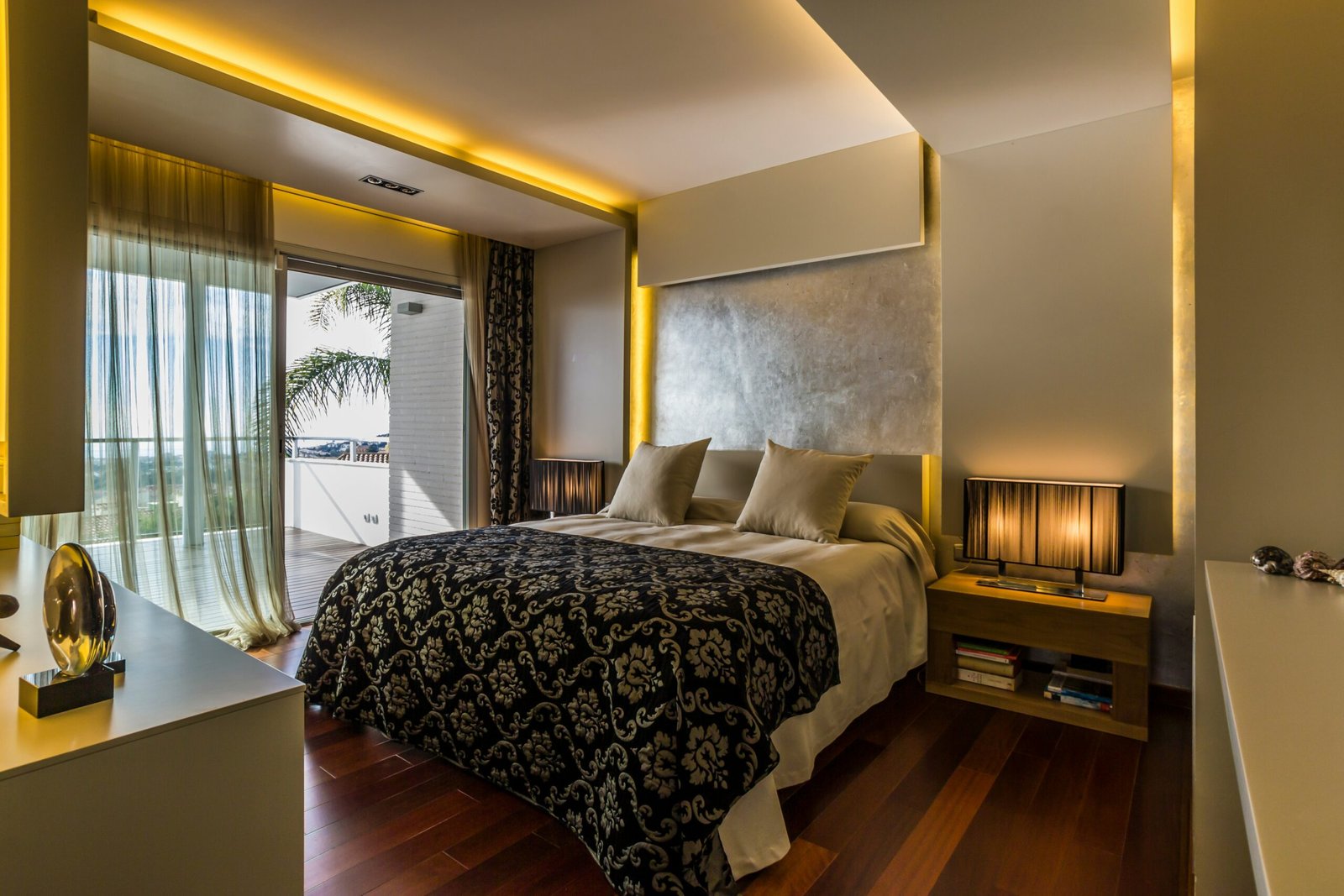
Traveler Stories and Practical Tips
Jane from the UK shares: “Chiang Mai’s elephant sanctuary was life-changing—feeding elephants with their mahouts was pure joy!” Mark from Australia recalls: “Halong Bay’s cruise was otherworldly; kayaking through karsts felt like a movie scene.” Sarah from Canada adds: “Ayutthaya’s ruins, especially the Buddha head, left me speechless.”
Tips: Pack light with Amazon gear (e.g., Osprey daypacks), respect temple rules (no shorts, remove shoes), book tours 2–3 months ahead with Get Your Guide, carry $50–$100 cash for rural areas, and use sunscreen daily (UV index 10+).
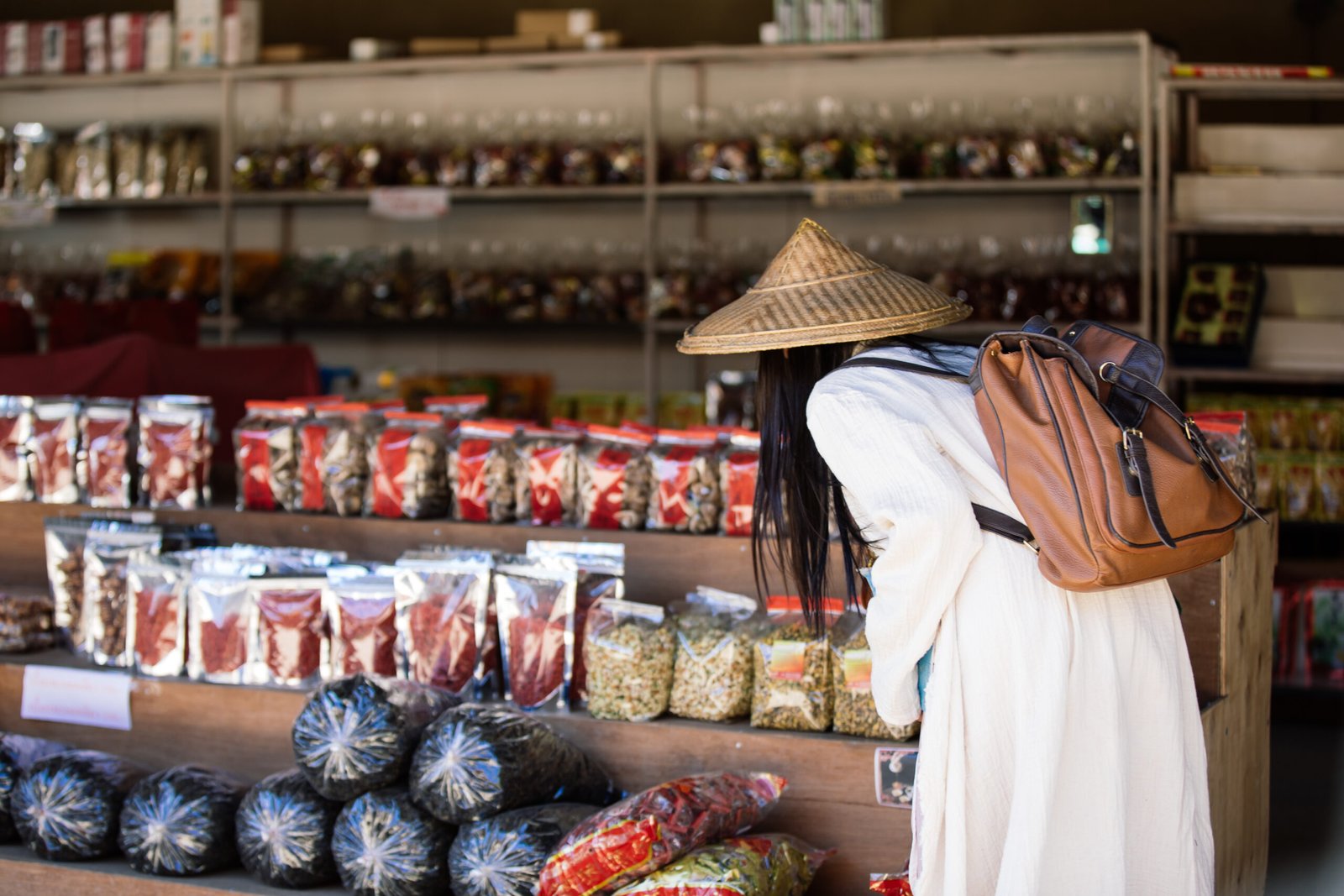
The Future of Southeast Asia Travel
In 2025, sustainable tourism will shape Southeast Asia. Eco-cruises in Halong Bay reduce carbon footprints with hybrid boats, while Chiang Mai’s sanctuaries expand rescue efforts. Virtual reality apps like Google Earth let you preview sites, cutting unnecessary trips. Aviasales offers carbon-offset flights, and Hotellook partners with green hotels. Watch for new eco-trails in Cambodia and Vietnam’s cashless payment trends.
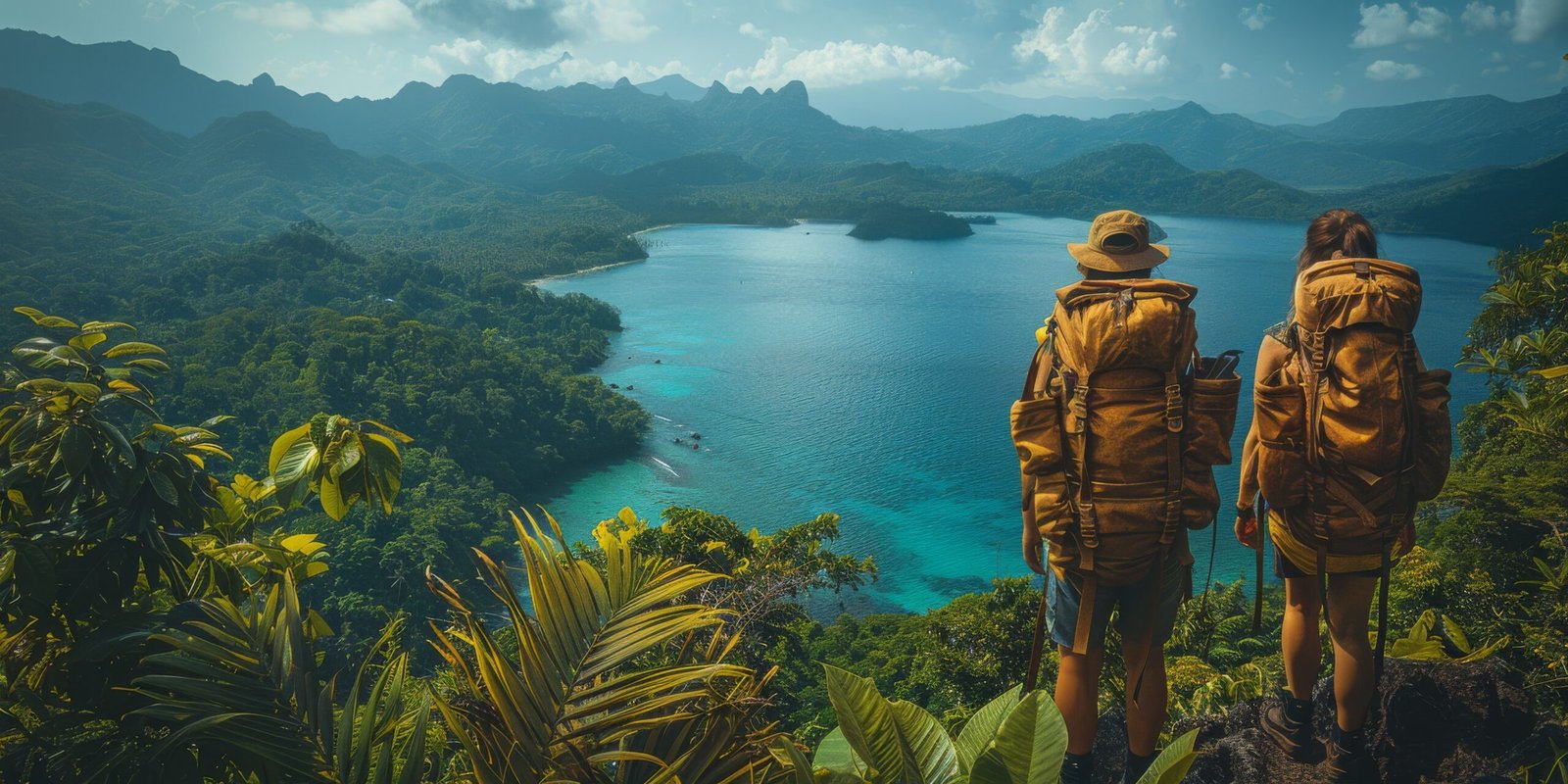
Conclusion
Your southeast asia 2-week itinerary for 2025 opens a world of adventure across Thailand, Cambodia, and Vietnam. From Chiang Mai’s temples to Halong Bay’s karsts, this journey blends culture, cuisine, and nature. Start now—book flights with Aviasales, secure stays with Hotellook, and plan experiences with Get Your Guide. The time is ripe to begin—let’s make your Southeast Asia dream a reality in 2025!

